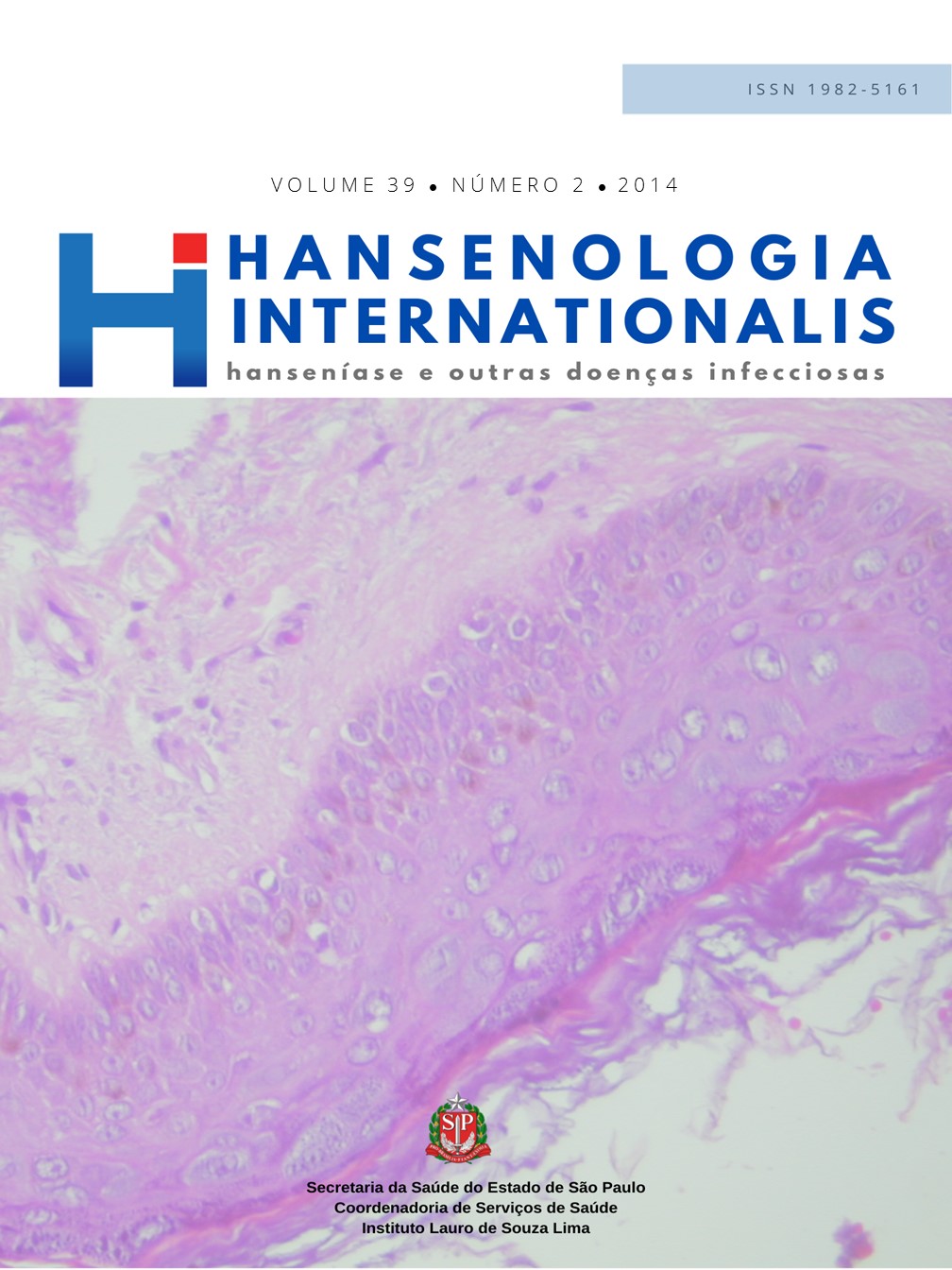Abstract
Leprosy control depends on a treatment based on full dose within 18 months, the dropping out of the treatment implies in transmission and development of disability. OBJECTIVE: The objective of the study was to identify the clinical and epidemiological profile of patients who dropped out the leprosy treatment in Teresina, PI. MATERIAL AND METHODS: It is a descriptive, transversal study with a quantitative approach. Data relating to individuals in the cohorts from 2011 to 2014 were obtained from the Notifiable Diseases Information System. RESULTS: From the total 1770 leprosy cases reported in the period, 34 cases were considered treatment dropouts, 54.9% of them were men, 79.5% aged between 15 and 59 years, 68% were from brown and 59% had up to 3 years of schooling. Most of the abandonment cases were multibacillary patients (61.8%) and 32% had borderline leprosy. The majority of the diagnosis was made by spontaneous demand (55.8%). At diagnosis, 29.4% of patients had some degree of disability. Multibacillary patients had an average of 3.6 contacts, and about half were examined. Regarding the suspension of multidrug therapy, it was observed that paucibacillary took 1.84 doses, while multibacillary, 6.94 doses. CONCLUSION: Multibacillary patients showed lower adherence to treatment, presenting higher risk of transmission. Campaigns for active search of new cases are necessary to prevent disease evolution and the resulting physical disabilities , while reducing the possibility of transmission between contacts.

This work is licensed under a Creative Commons Attribution 4.0 International License.
